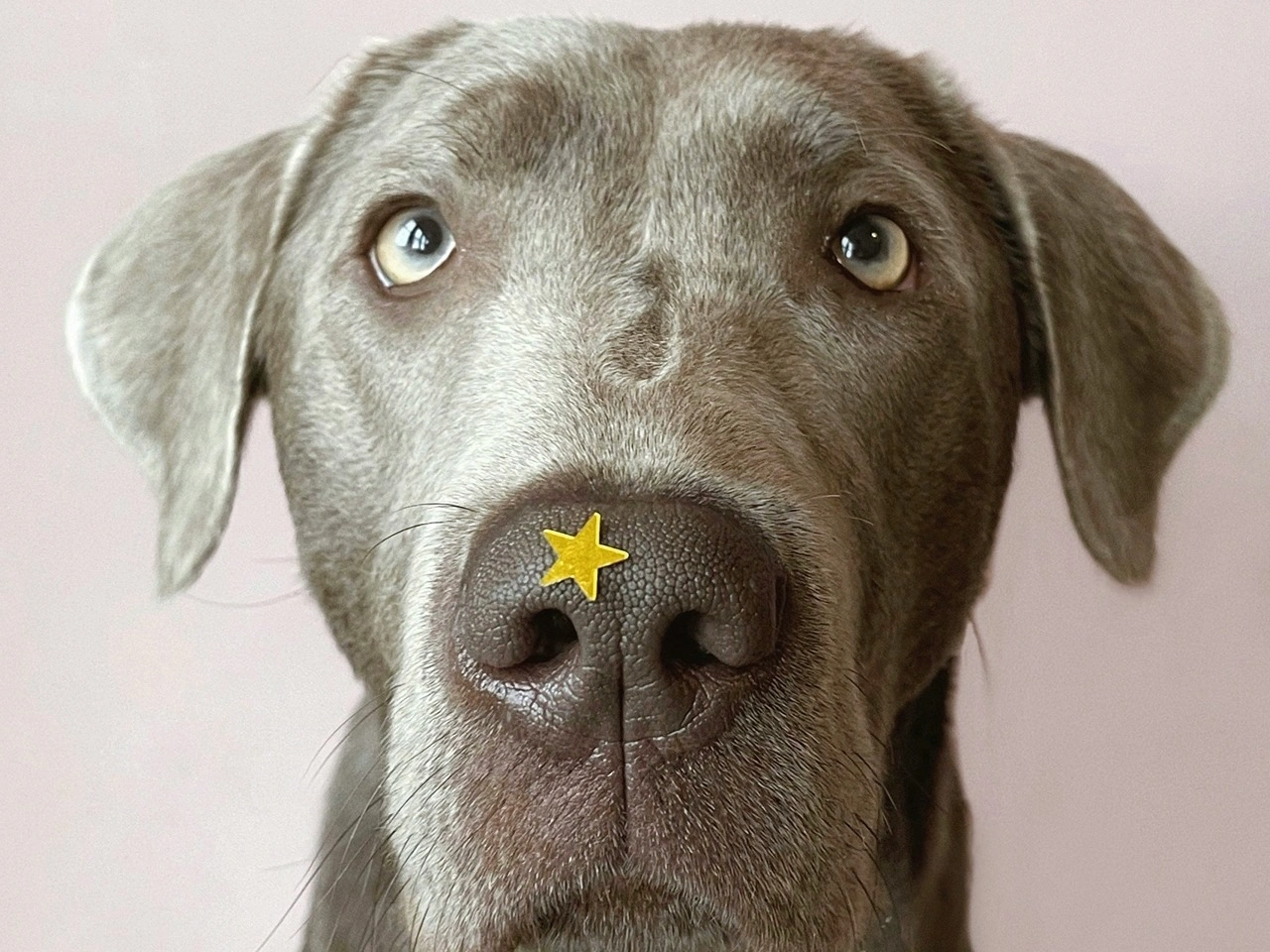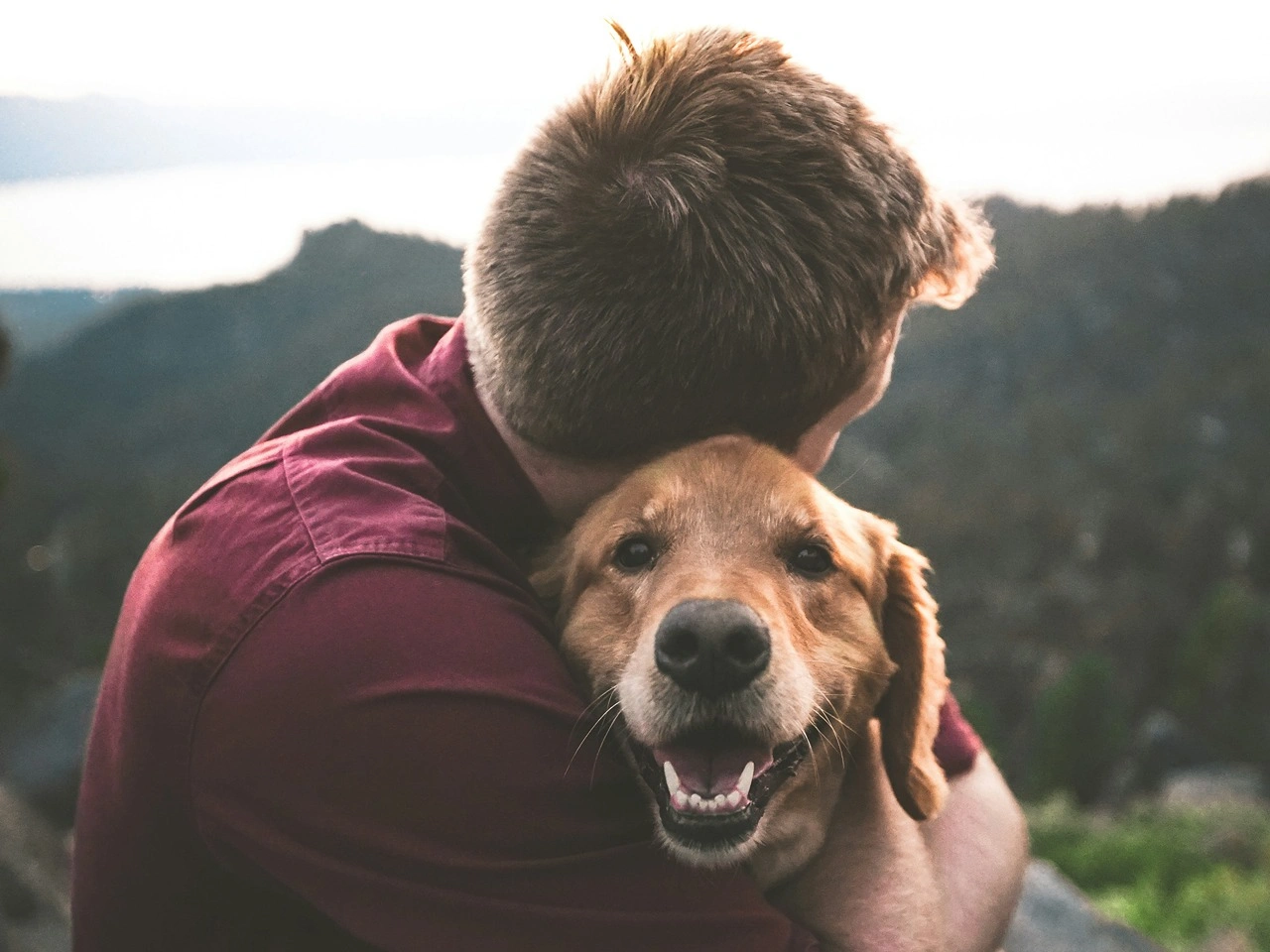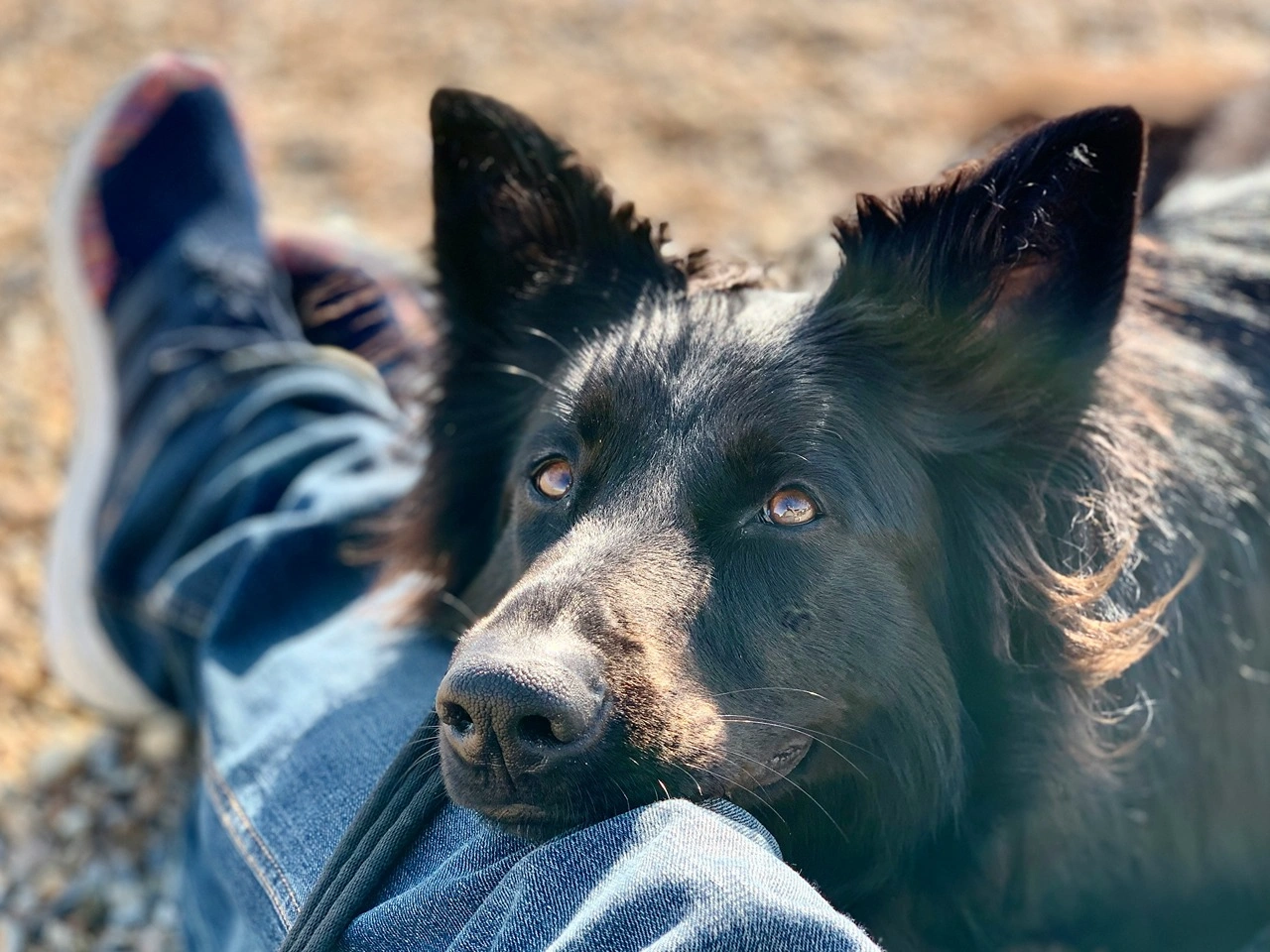TL;DR — Can Dogs Get Pimples? Causes, Symptoms, and Treatment for Dog Acne
- Yes, dogs can get pimples too, and it’s actually a pretty common skin condition—especially in young dogs or certain breeds.
- Sometimes it’s nothing serious, like clogged hair follicles, mild skin irritation, or friction from collars and toys.
- Other times, dog acne may be caused by bacterial infections, allergies, or underlying skin conditions that need more attention.
- You’ll often see pimples on the chin, lips, or muzzle, and signs include red bumps, swelling, scabs, or even some hair loss.
- Keeping an eye on your dog’s skin makes a big difference because catching pimples early helps prevent irritation from getting worse.
- For mild cases, medicated shampoos and topical care can help, while more stubborn acne may need antibiotics from a veterinarian.
- Good habits—like wiping your dog’s face, using stainless-steel bowls, and avoiding harsh products—go a long way in helping prevent dog acne.
If your dog’s pimples aren’t getting better or the skin seems more irritated, reach out to us — we’re here to help your pup stay comfortable and keep their skin healthy.
Can dogs really get pimples like humans? Surprisingly, yes! Many dogs—especially younger dogs or certain breeds—can develop acne, from chin acne to red bumps on the muzzle and lips. It can be worrying the first time you notice them, but dog pimples are actually quite common.
Dog pimples happen when hair follicles get clogged with dead skin cells, bacteria, or oils, which can irritate the skin. You might see red bumps, blackheads, or changes in your dog’s skin, and scratching can sometimes make it worse. Dogs can also develop pimples due to allergies, trauma to the skin, or other underlying skin conditions.
Knowing why dogs develop acne and spotting the symptoms of pimples is the first step to keeping your dog’s skin healthy. Cases of dog acne can affect dogs of any age or breed, though younger dogs are often more prone. Keep reading to learn more about dog pimples and how to identify them.
Can Dogs Get Pimples: Causes of Acne in Dogs and Skin Conditions

It might be surprising, but dogs can get acne just like humans. Many dogs develop red bumps or pimples, especially on the chin and lip area, which can look a lot like human pimples. While mild cases of dog acne may go away on their own, keeping an eye on your dog’s skin is important to prevent irritation or bacterial infection.
Causes of Pimples in Dogs
Several things can contribute to pimples on your dog, and understanding them can help you watch for changes in their skin. Knowing the causes of dog acne can also give you peace of mind if you notice small bumps forming.
- Clogged Hair Follicles: Dead skin cells on the surface of the skin can block follicles and form pimples.
- Bacterial Infection: Bacteria can settle in blocked follicles, making red bumps or pimples worse.
- Allergies or Skin Irritation: Trauma to the skin or allergic reactions can contribute to acne.
- Underlying Skin Conditions: Skin tags or other issues can make pimples more likely.
- Breed and Age Factors: Many dogs, especially younger dogs or certain dog breeds, are prone to acne.
Where Pimples Commonly Form
Pimples on dogs can show up in different areas, and knowing where to look can help you spot them early. Dogs often develop acne in places that collect oils or experience friction from collars or toys.
- Chin and Lip Area: Dog acne on the chin is the most common spot.
- Dog’s Face: Pimples may also appear around the muzzle or other areas of the face.
- Other Areas: Any part of the surface of the skin exposed to oils or friction.
Who Is Most Prone to Canine Acne
While any dog can get pimples, some dogs are more likely than others. Paying attention to which dogs are prone to acne can help you catch problems early.
- Common in Younger Dogs: Puppies and adolescent dogs are more likely to develop acne.
- Certain Dog Breeds: Breeds with short hair or folds in the skin are often more susceptible.
- Dogs with Skin Conditions: Existing skin issues can contribute to pimples forming or worsening.
Monitoring and Understanding Dog Acne
Many dogs develop acne at some point, so spotting pimples early is key to keeping their skin healthy. Symptoms of pimples in dogs include red bumps, scratching, and other changes in the dog’s skin. A veterinarian can provide a diagnosis of acne in dogs and may suggest a biopsy of the skin to rule out other skin conditions if needed.
Common Symptoms of Dog Acne and How to Identify Pimples on Your Dog

Dogs can develop acne just like we do, and it often shows up when you least expect it. This common skin condition is usually seen in young dogs, especially around the chin and lip. Because a dog’s acne can sometimes look like other problems, it’s important to monitor your dog’s skin closely for changes.
Symptoms of Pimples in Dogs
When a dog starts getting pimples, the first signs are often small but easy to notice if you look closely. Left untreated, they can lead to acne that becomes more irritating or even painful.
- Red bumps or pimples that rise on the surface of the skin.
- Swelling and irritation around the chin or lip.
- Scratching or rubbing, as the dog may try to ease discomfort.
- Crusting or scabs if pimples open up.
- Hair loss in spots from repeated irritation.
Where Pimples Are Found in Dogs
Dog acne is most common on certain parts of the body, and knowing where to look makes it easier to catch early. While pimples may appear in other places, some areas are more often affected.
- Chin and lip: The most common place pimples show up
- Dog’s face: Around the muzzle and lower jaw
- Other areas: Irritation from collars or pressure can sometimes cause acne
Why the Diagnosis of Acne Is Important
Because acne in dogs can look a lot like other skin conditions found in dogs and even cats, a veterinarian’s check is very important. A proper diagnosis of acne helps rule out other issues and ensures the right care.
- Veterinary exam to confirm if it’s truly acne
- Treatment options range from medicated shampoos for mild cases to topical care or antibiotics for more persistent acne, with antibiotics available only through a veterinarian’s prescription or direct administration.
- Clear answers on what actually causes pimples in dogs
Monitoring Your Dog’s Skin
Since acne may come and go, the best thing you can do is keep an eye on your dog’s skin. Catching the symptoms of pimples in dogs early helps prevent dog acne from getting worse and keeps their skin healthier over time.
Dog Acne on the Chin and Other Areas: Which Breeds Are More Prone?

If you’ve ever noticed little bumps on your dog’s chin or lip, don't panic. Dog acne is common in dogs, and while many can develop it, some breeds are simply more prone. Since the causes of dog acne are often linked to coat type and skin folds, it’s helpful to know which dogs need extra attention.
Where Dog Acne Usually Appears
Most pimples on dogs show up in areas where the skin gets rubbed or irritated the most. These small spots may not look like much at first, but over time, they can cause acne in dogs and even spread if not watched.
- Chin and lip: The most common spot for red bumps or pimples,
- Muzzle and lower jaw: Friction or rubbing can end up leading to pimples,
- Other areas: In some cases, pressure from a collar may cause dog acne,
Dog Breeds That Are Prone to Acne
Some breeds are more likely to get pimples simply because of their skin type. Short coats and folds are two of the biggest causes of dog acne, making these dogs more vulnerable.
- Boxers
- English Bulldogs
- French Bulldogs
- Dobermans
- Great Danes
- Rottweilers
- German Shorthaired Pointers
- Mastiffs
- Shar Peis
Even though these breeds are prone to acne, it can still be found in dogs of all types. Just like acne can affect both cats and dogs, any pet might experience irritation that ends up leading to pimples.
Who Is Most Prone to Canine Acne?
While acne is common in dogs, some are at a higher risk than others. Knowing this makes it easier to catch breakouts early and keep your dog comfortable.
- Younger dogs: Puppies and adolescents are most likely to develop acne.
- Certain breeds: Dogs with short coats or folds are especially prone to acne.
- Dogs with skin conditions: Any underlying issue can cause acne in dogs or make it worse.
Preventing Pimples in Dogs: Tips to Maintain Your Dog’s Skin Health

Acne in dogs is common, but the good news is that you can take simple steps to lower the chances of it happening. Since the causes of dog acne often come from irritation, bacteria, or a buildup of dead skin cells, prevention mostly comes down to good care and healthy habits. A little daily attention goes a long way toward keeping pimples in dogs under control.
Tips to Prevent Dog Acne
- Keep their face clean: Wipe your dog’s chin and lips after meals to remove food, drool, and dirt that may cause acne in dogs.
- Use a gentle shampoo: Regular baths with a dog-safe shampoo can wash away bacteria that build up on the skin.
- Choose better bowls: Switch from plastic to stainless steel or ceramic, since plastic can hold bacteria that lead to pimples.
- Watch for rubbing: Avoid tight or rough collars that may irritate the skin and trigger pimples in dogs.
- Support skin health: A balanced diet and a clean living space can make a big difference in preventing pimples.
- Groom regularly: Brushing helps clear out dirt and dead skin cells that might otherwise cause acne in dogs.
- Keep an eye on their skin: Spotting small bumps early makes it easier to deal with dog acne before it gets worse.
- Avoid harsh products: Human shampoos or strong soaps can dry out or irritate the skin, leading to pimples.
- Reduce scratching and rubbing: Dogs that scratch or rub their face a lot are more likely to develop acne.
- Don’t skip vet visits: Regular checkups help rule out other skin problems that can look like acne in both cats and dogs.
Final Thoughts
Dog pimples can be a little worrying to see, but they’re actually a pretty common skin issue. Just like us, dogs can get acne from things like clogged hair follicles, bacteria, or simple irritation. While younger dogs and certain breeds tend to be more prone, any dog can develop pimples at some point.
The good news is that most mild cases improve with basic care and keeping the skin clean. What matters most is paying attention and catching changes early, so minor issues don’t escalate into bigger problems.
And if those pimples don’t clear up or your dog seems uncomfortable, contact us — we’ll make sure your pup gets the care they need to stay happy and healthy.
Frequently Asked Questions
What are the common causes of pimples appearing on dogs?
Pimples on dogs happen when hair follicles get clogged or irritated, and several things can contribute to dog acne.
Clogged hair follicles: Dead skin cells, oils, or dirt can block follicles, leading to pimples on dogs.
Bacterial infection: Bacteria can settle in blocked follicles, causing red bumps or irritation.
Skin irritation: Collars, toys, or even frequent scratching can make pimples worse.
Allergies or underlying conditions: Food reactions, environmental irritants, or other skin problems can also lead to pimples.
Breed and age factors: Puppies, younger dogs, and certain breeds are more prone to developing pimples.
Can a single bump turn into more pimples on dogs?
Yes—sometimes what looks like a single bump can lead to multiple pimples if it’s irritated or infected.
Spread of bacteria: Infection in one follicle can affect nearby follicles, forming new bumps.
Scratching or rubbing: Dogs often scratch or rub the area, which can make pimples multiply.
Environmental factors: Oils, dirt, or friction from collars can trigger additional pimples.
When should bumps or pimples on dogs prompt a diagnosis of acne in dogs?
Not every bump needs a vet check, but some signs mean it’s time to get your dog examined.
Persistent or worsening bumps: Red, swollen, or crusty pimples that don’t improve on their own may require a diagnosis of acne in dogs.
Multiple areas affected: When pimples spread across the chin, lips, or muzzle, it could indicate more serious dog acne.
Rule out other conditions: A vet can make sure the bumps aren’t caused by infections, allergies, or skin tags.
Veterinary exam: In some cases, your veterinarian might suggest tests or a skin biopsy to confirm the cause and provide proper treatment.
What are the safest ways to treat pimples in dogs at home or with a veterinarian?
How you treat pimples on dogs depends on how severe the acne is.
Gentle cleaning: Mild, dog-safe shampoos can help reduce bacteria and keep the skin clean.
Topical treatments: Medicated creams or ointments work well for mild pimples.
Veterinary care: Persistent or severe bumps may need antibiotics or other prescribed treatments.
Avoid popping bumps: Never try to squeeze pimples—this can make infections worse or leave scars.
Are there underlying factors that contribute to causing dog acne in certain breeds or ages?
Some dogs are naturally more prone to pimples because of their breed, age, or skin type.
Age factors: Puppies and younger dogs often get pimples as their skin adjusts to oils and bacteria.
Breed predisposition: Short-coated dogs or those with facial folds are more likely to develop acne.
Existing skin issues: Allergies, skin tags, or other conditions can make pimples more frequent or severe.
Monitoring and care: Watching these dogs closely helps catch pimples early and keeps their skin healthy.




